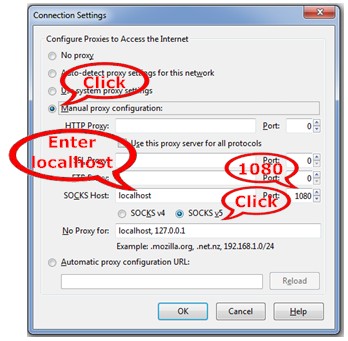

You can find instructions for installing XAMPP 1.7.3 over here.
#Ampps localhost 80 not showing images windows
On Windows 7, this will cause problems because Windows blocks some programs from running there – it may be the same on Windows 2008 Server.Īs well, which version of CAMPP Are you running? I prefer XAMPP 1.7.3 because I’ve never had any problems with it. One other possibility is that you installed XAMPP in C:\Program Files. I am surprised that you are getting error messages about missing files. My best guess would be that Windows 2008 Server is running Microsoft IIS (Internet Information Server) and this is preventing Apache from running. Have you installed currports? Does it show other applications using port 80, port 443 and port 3306 (MySQL)? By default, Apache uses both ports 80 and 443 (non-secure and secure http ports). (1) Why are you entering localhost:8080? You would only do this if you changed the port numbe. In order for MySQL database to work correctly, you need to disable any other application using this port or configure it to use some other port. If some other application is using this port, then your MySQL database will not work. Port 3306: this port is used by the MySQL database. The Apache Server in AMPPS does not use this port or protocol. In order for Apache Server to work correctly, you need to disable any application using this port, or configure it to use some other port. The most common application using this port (aside from Apache Server) is the Microsoft Internet Information Server (IIS). Port 443 (https): the Apache Server, in XAMPP, uses this port to serve up web pages using the Hyper Text Transfer Protocol Secure. Yes, it would be good to resolve this - but right now I wont have time to look at this again. Otherwise, all the settings should be the default settings of AMPPS. I just know the images are there and the localhost is now just used for testing and I do not transfer back to the server. Port 80 (http): the Apache Server, in both XAMPP and AMPPS, uses this port to serve up web pages using the Hyper Text Transfer Protocol. Moreover, I have edited the Apache configuration file to change 'ServerName' to 219.223.239.3:80. With the ports sorted, you can now check to see which applications (if any) are using the following ports:

Checking which Ports are in UseĬurrPorts shows a lot of information about which applications are using which port:ġ0) Locate the tab Local Ports and click on it to sort the ports in ascending order: You can also create a shortcut to it, if you like, or add it to your Start Menu. Mysqli.In future, you can simply go to the directory that the CurrPorts application is located and double-click on the icon to start it. Note: It is generally a bad idea to store passwords in this file as any user with PHP access can view it
#Ampps localhost 80 not showing images password


 0 kommentar(er)
0 kommentar(er)
